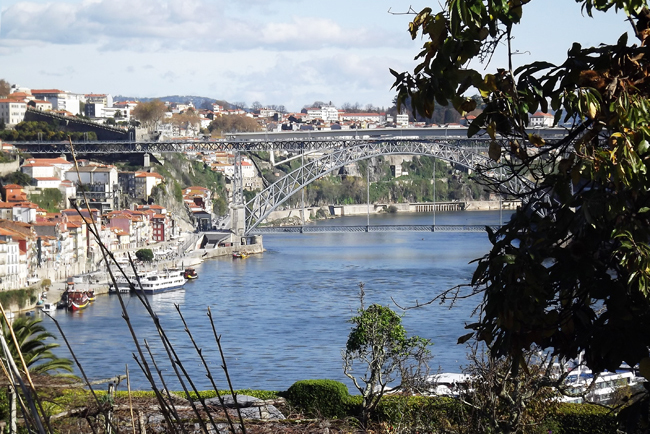
You may also like
CENTARA GRAND BEACH RESORT HOTEL AND VILLAS -AN...
7 months ago
Flying innovation in the vineyards of Heitlinger...
2 years ago
by Staff Writer
Veteran Winemaker Bill Brosseau Leads his 25th...
3 years ago
by Staff Writer
Connoisseur’s GUIDE to Sicily
3 years ago
Goring Hotel-London
5 years ago
June 20, 2020: The Haro Station Wine Experience...
5 years ago






